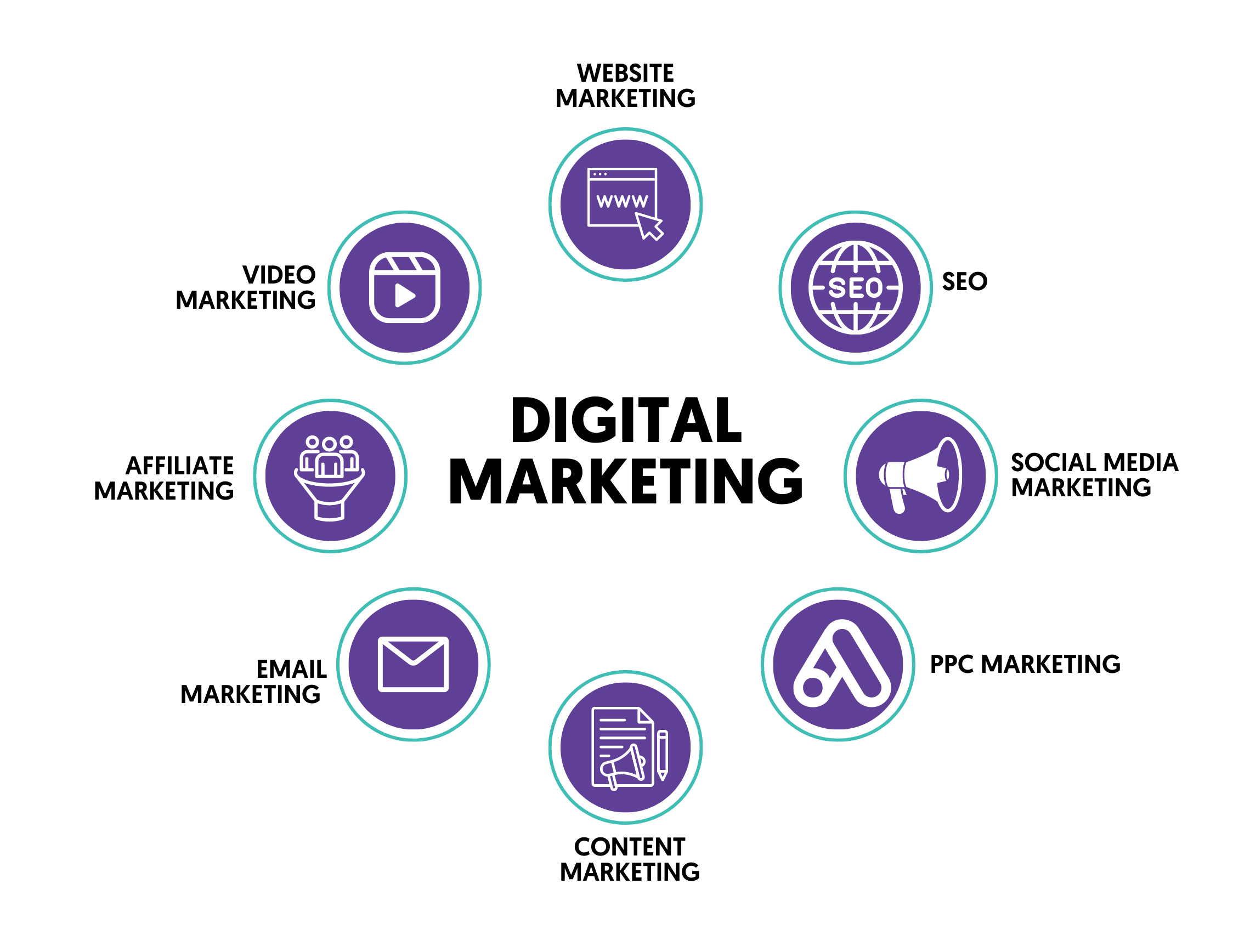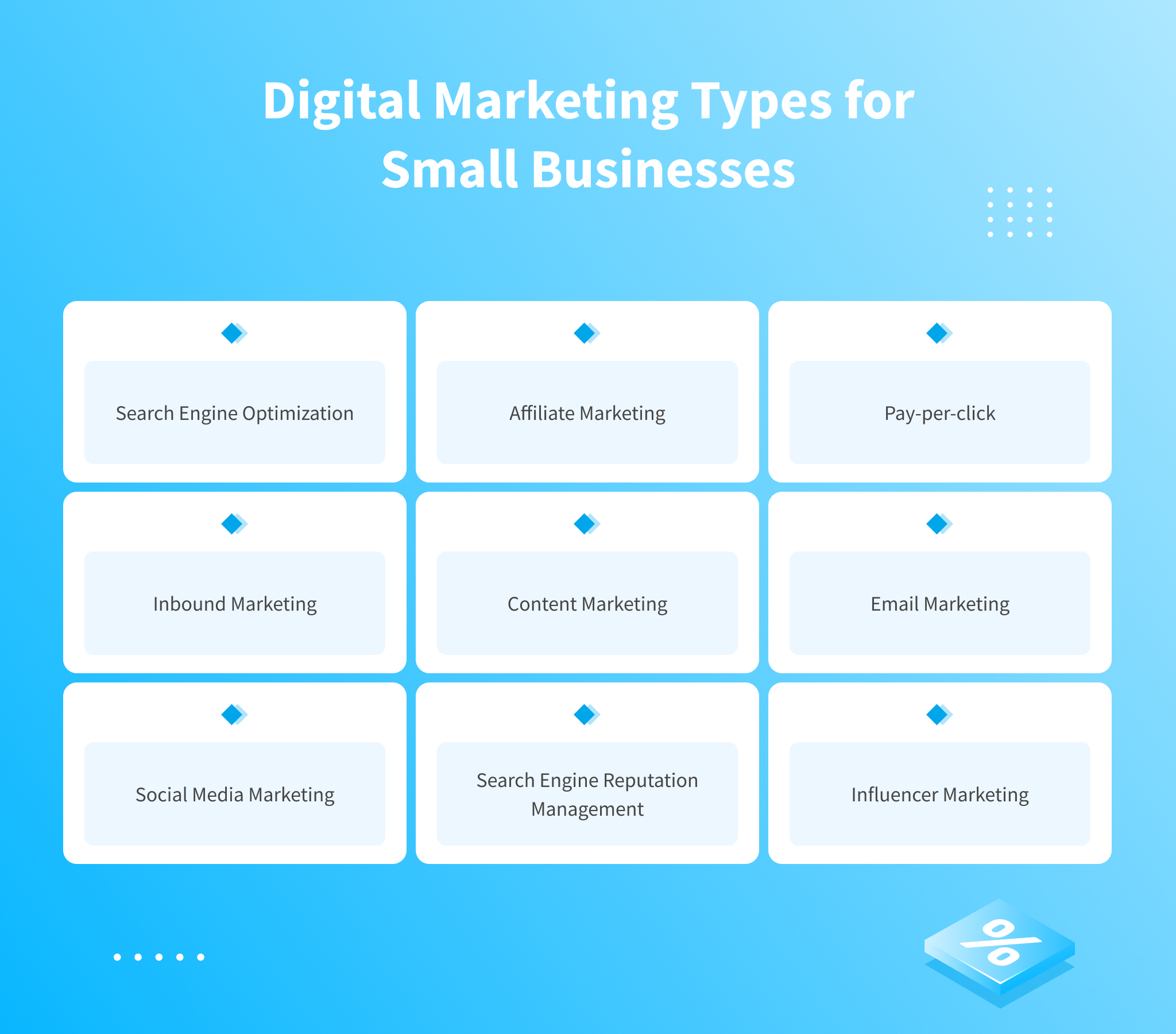The Duty of Digital Advertising And Marketing in Driving Consumer Involvement and Brand Loyalty
In today's competitive landscape, the duty of digital advertising and marketing in cultivating client involvement and brand commitment can not be overemphasized. By employing targeted methods that leverage information analytics and customized material, brand names are able to grow deeper links with their audience. This strategy not only boosts customer depend on however also lays the foundation for continual brand loyalty. The effectiveness of these techniques often hinges on their flexibility to transforming customer actions and preferences. What remains to be checked out is just how these developing characteristics will certainly shape the future of digital advertising and marketing and its influence on customer partnerships.

Comprehending Client Engagement
In today's digital landscape, understanding consumer interaction is vital for organizations seeking to build enduring connections with their audience. Customer engagement refers to the interactions between a brand and its customers, encompassing various touchpoints across electronic systems. This multidimensional idea exceeds simple transactions, focusing on developing purposeful experiences that reverberate with customers.
Central to efficient customer engagement is the ability to customize communications. Utilizing data analytics permits companies to tailor their messaging and offerings to satisfy private choices, cultivating a feeling of link. Active involvement on social media systems enables brands to respond in real-time, resolving customer inquiries and issues, which boosts count on and commitment.
Interaction metrics, such as click-through rates, time invested in a site, and social networks interactions, function as crucial signs of how well a brand attaches with its audience. By assessing these metrics, companies can improve their techniques to enhance consumer experiences. Digital Marketing Company. Inevitably, understanding client engagement is not nearly drawing in focus; it involves nurturing connections that drive lasting success. Firms that focus on engagement are better positioned to adapt to altering customer actions and choices, ensuring continual importance in an open market.
Importance of Brand Name Commitment
Exactly how does brand loyalty influence a business's lasting success? When clients exhibit commitment to a brand, they are more most likely to make repeat purchases, reducing the price connected with acquiring new consumers.
In addition, devoted customers typically end up being brand advocates, advertising the brand name via word-of-mouth recommendations. These endorsements can significantly boost a business's reputation and bring in new consumers without considerable marketing expenses. In addition, devoted customers often tend to be much more flexible of periodic mistakes, offering brand names with a possibility to rectify concerns without losing their client base.
In addition, brand commitment can result in raised client life time value (CLV), permitting companies to spend much more in boosting solutions and products customized to their loyal group (SEO Services). This symbiotic relationship in between customer commitment and brand name value cultivates a competitive advantage in the industry
Approaches for Digital Marketing
Efficient electronic advertising approaches are crucial for businesses aiming to flourish in today's affordable landscape. To improve consumer involvement and build brand name loyalty, companies should adopt a multifaceted approach that includes numerous digital channels and techniques.
Firstly, leveraging social media platforms is vital. By producing interesting web content and promoting two-way interaction, brands can cultivate a community around their services and products. Furthermore, targeted advertising and marketing on these systems enables services to reach specific demographics, enhancing the importance of their messaging.
Look engine optimization (SEARCH ENGINE OPTIMIZATION) is one more crucial technique. By optimizing web site web content for online best site search engine, companies raise their visibility, driving organic traffic and attracting potential consumers proactively looking for their offerings.
Email marketing remains a powerful device as well. Customized and fractional e-mail projects can nurture leads, re-engage inactive customers, and offer useful material that boosts customer relationships.
Finally, using analytics to understand customer habits and preferences is essential. By analyzing data, companies can refine their strategies, making certain that they meet progressing client requirements and assumptions. Executing these approaches efficiently will not just drive involvement but likewise foster long-lasting brand name loyalty.
Gauging Interaction Efficiency
Analyzing the effectiveness of client involvement strategies needs a methodical strategy to dimension and evaluation. Key performance indicators (KPIs) play a critical role in quantifying engagement levels. Metrics such as click-through rates, time spent on site, and social networks communications give valuable insights into exactly how consumers are responding to electronic advertising initiatives.
Moreover, qualitative steps, including customer comments and belief analysis, can drop light on the emotional connection consumers have with the brand name. Surveys and focus teams can match measurable data, using a much more detailed sight of client understandings and preferences.
Engagement can also be measured via customer retention rates and repeat purchase behavior, which indicate loyalty and contentment gradually. Digital Marketing Agency Near Me. Using tools such as Google Analytics and social media sites analytics platforms makes it possible for brands to track these metrics properly
On a regular basis examining these data points permits businesses to adjust their methods, ensuring they stay aligned with consumer assumptions. Inevitably, a durable measurement structure not only notifies future advertising decisions yet additionally promotes constant improvement in client involvement initiatives, driving both brand commitment and long-term success in the electronic industry.
Future Fads in Digital Marketing
As electronic advertising continues to progress, arising patterns are improving the landscape and influencing just how brands get in touch with customers. One significant pattern is the increasing combination of expert system (AI) and maker learning. These modern technologies enable individualized advertising strategies by assessing customer habits and choices, allowing brands to provide customized content and referrals.
Another pattern is the surge of immersive experiences via enhanced truth (AR) and digital reality (VIRTUAL REALITY) Brand names are leveraging these innovations to produce engaging and interactive projects that captivate audiences, improving consumer experience and driving interaction.
In addition, social business is gaining traction as platforms like Instagram and TikTok introduce purchasing features, enabling customers to make purchases directly from their social feeds. This seamless combination of shopping and social networks promotes prompt customer action and enhances brand loyalty.
In addition, sustainability and moral advertising and marketing are coming to be crucial in customer decision-making. Brand visit names that demonstrate commitment to social obligation and sustainable practices are likely to build more powerful connections with their audience.

Final Thought
In final thought, electronic marketing serves as an essential force in improving customer interaction and cultivating brand commitment. As digital advertising continues to evolve, its ability to drive sustained growth and success for brand names will continue to be vital.
Client engagement refers to the communications between a brand name and its consumers, incorporating numerous touchpoints across digital systems. When customers exhibit loyalty to a brand, they are extra likely to make repeat purchases, decreasing the price associated with acquiring new customers.Additionally, loyal customers commonly become brand advocates, promoting the brand via word-of-mouth recommendations. Furthermore, dedicated consumers tend to be more flexible of periodic bad moves, offering brands with an opportunity to correct problems without losing their customer base.
In conclusion, electronic advertising offers as a critical pressure in boosting client interaction and promoting brand commitment.
 Andrea Barber Then & Now!
Andrea Barber Then & Now! Christina Ricci Then & Now!
Christina Ricci Then & Now! Michelle Trachtenberg Then & Now!
Michelle Trachtenberg Then & Now! Mason Reese Then & Now!
Mason Reese Then & Now! Justine Bateman Then & Now!
Justine Bateman Then & Now!